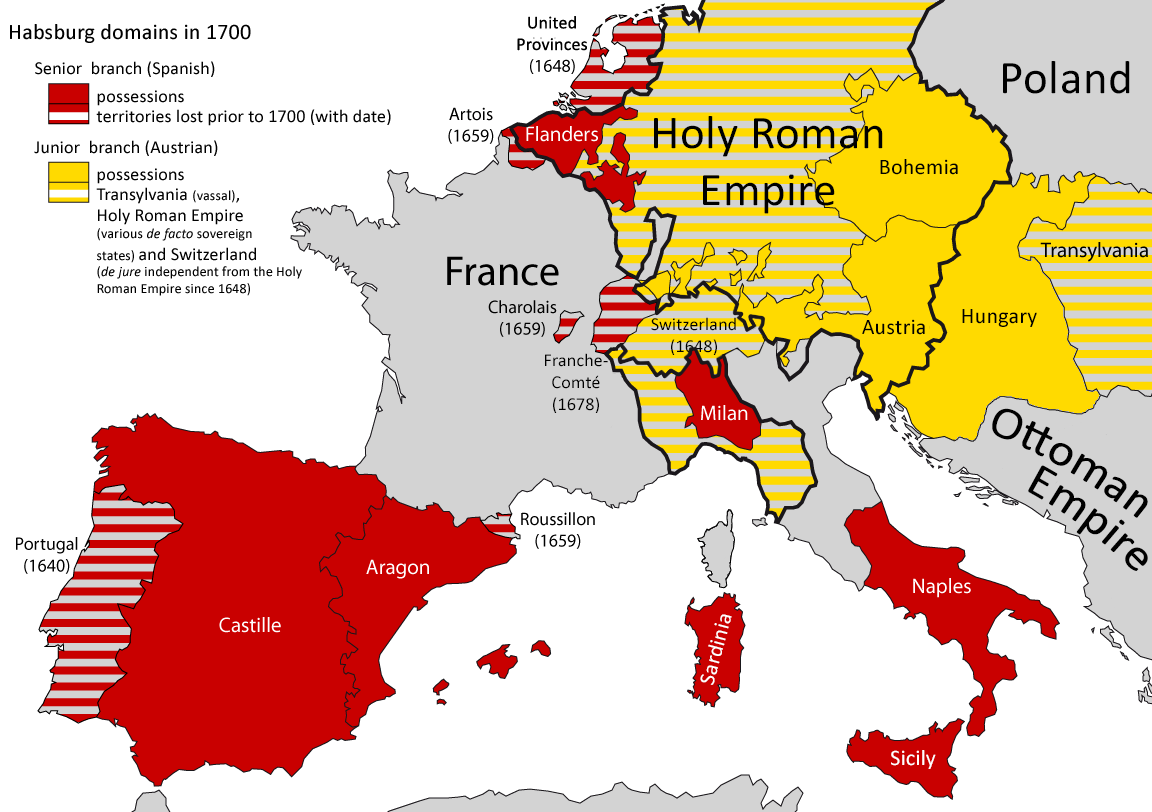The remainder of the Thirty Years’ War was a Habsburg- Bourbon conflict. The Protestant commander had to promise future toleration for Catholicism in Germany and to undertake to fight on indefinitely in exchange for a guarantee of French men and money.
The war became transformed into a struggle between emerging national identities. The armies on both sides were a mixture of men from every nationality in Europe; they fought as professional soldiers, changing sides frequently. As these armies ranged across central Europe, the land was laid waste in their wake.
In 1635 the emperor Ferdinand at last relinquished the Edict of Restitution and made a compromise peace with the Protestant elector of Saxony. Most of the other Lutheran princes signed also. Alarmed by the imperial gains and by renewed Spanish activity in the Low Countries, Richelieu made new arrangements with Germany and a new alliance with the Dutch and openly declared war on Spain.
A Dutch victory in 1639 ended the power of the Spanish navy, which had been declining for years. Spanish strength was further sapped by the unrest in Catalonia and by a revolt in Portugal. Preoccupied by Catalonia, the Spanish allowed the election to the Portuguese throne of John IV, of Braganza (r. 1640-1656), a dynasty that would reign until 1910. Nor did the death of Richelieu (1642) and of Louis XIII (1643) alter French policy. A few days after the death of Louis, the French defeated the Spaniards so thoroughly at Rocroi that Spain was permanently removed from effective competition for European hegemony. Another factor making for a negotiated settlement of the war was the accession of the peace-loving Christina, daughter of Gustavus Adolphus, as Swedish queen in 1644.
Peace conferences were already underway in Westphalia—between Habsburgs and Swedes at Osnabruck and between Habsburgs and French nearby at Munster. The differences between the allies that had been unimportant during open warfare proved critical when it came to negotiating a religious settlement. The conferences dragged on for several years while fighting continued.
The Dutch made a separate peace with the Spaniards and pulled out of the French alliance after they learned of secret French negotiations with Spain. French victories forced the wavering emperor Ferdinand III (r. 1637-1657) to agree to the terms that had been so painstakingly hammered out, and on October 24, 1648, the Peace of Westphalia put an end to the Thirty Years’ War.

